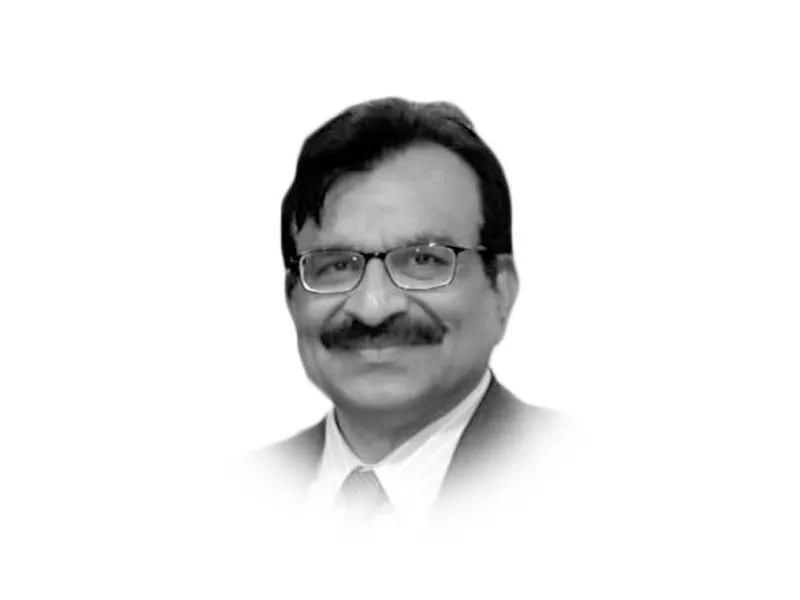Covid-19: from fortune tellers to miracle makers!
Epidemic curves always fall even if we don’t do anything as the pathogen runs out of vulnerable victims
Even before Pakistan had its first case of Covid-19, we already had a mushroom growth of very well respected “epidemiology experts” with no experience in epidemiology. I was surprised that in one very high level and sensitive meeting, some senior but non-technical officers were regurgitating complex epidemiological terms so profusely that I reminded them that they needed to first understand the full complexities of those terms. I was not invited to those meetings after that.
Working with major epidemics before, I had a concern about public panic which sometimes is more dangerous than the actual outbreak itself. But I did not realise the damage armchair epidemiologists could cause to Covid-19 control efforts in Pakistan and globally. They put the country’s total population in mathematical equations and projected disease and deaths of unprecedented scale. Pakistan was no different and started to look at three local and some international models. These exaggerated projections created panic for governments and in fear they made short-term and ineffective decisions instead of fixing their health systems or strengthening their disease surveillance systems.
Back then only limited data from China, Iran and Italy was available and the US had just started facing its first outbreak in Seattle. Early data was very clear on the most vulnerable group for Covid-19 mortality — of above 65 years. When we looked at the age distribution in Pakistan, we had just 4% of that older vulnerable group compared to 20-25% in the Western world. Working with a former technical colleague we calculated how the outbreak progressed in China and Italy and applied those numbers to Pakistan. We came up with a very low number of cases and mortality. There was no comparison of our numbers with even the lowest projected numbers by these disease modellers. A top anchor and journalist called me one day to tell that senior officials from Punjab are painting a very bleak picture. I disagreed not just because I was optimistic but was making my assessment on my own calculations. Our math which was done on the back of a napkin was closer to the actual numbers which later came in Pakistan than any other model. However, I was laughed at in many TV shows where other “technical” experts were telling the audience about an impending situation when people will drop dead on roads and thousands of daily deaths would occur in Pakistan. My colleague was also laughed at in a high-level government meeting as everyone else was painting a very bleak picture.
Now apparently Pakistan has brought down the case numbers to around 500/day and pretty much claimed victory. As an epidemiologist who expected even lower numbers, I am now trying to figure out if it’s a true decrease in numbers. Many of my colleagues are calling it a miracle. The problem in doing is that then there should not be any earthly reasons for that occurrence. That also means there was no need for any prior control or preventive measures. However, two basic pillars of public health are: no outbreak happens randomly; and there is always a preventive pathway for an outbreak. If you ponder that is actually what our faith also tells us.
Epidemic curves always fall even if we don’t do anything as the pathogen runs out of vulnerable victims. There are many host factors (immunity, prior infection, age, sex, etc) and many environmental factors (sunlight, heat, humidity) social factors (networks, socioeconomic) among others which could influence an epidemic’s progress in a geographic area. Knowing and understanding the true reasons of this decline in reported cases will help us learn effective interventions to protect our population from future surges or outbreaks in new geographic regions. Public health does not need fortune tellers or miracle makers.
Published in The Express Tribune, August 13th, 2020.
Like Opinion & Editorial on Facebook, follow @ETOpEd on Twitter to receive all updates on all our daily pieces.


COMMENTS
Comments are moderated and generally will be posted if they are on-topic and not abusive.
For more information, please see our Comments FAQ